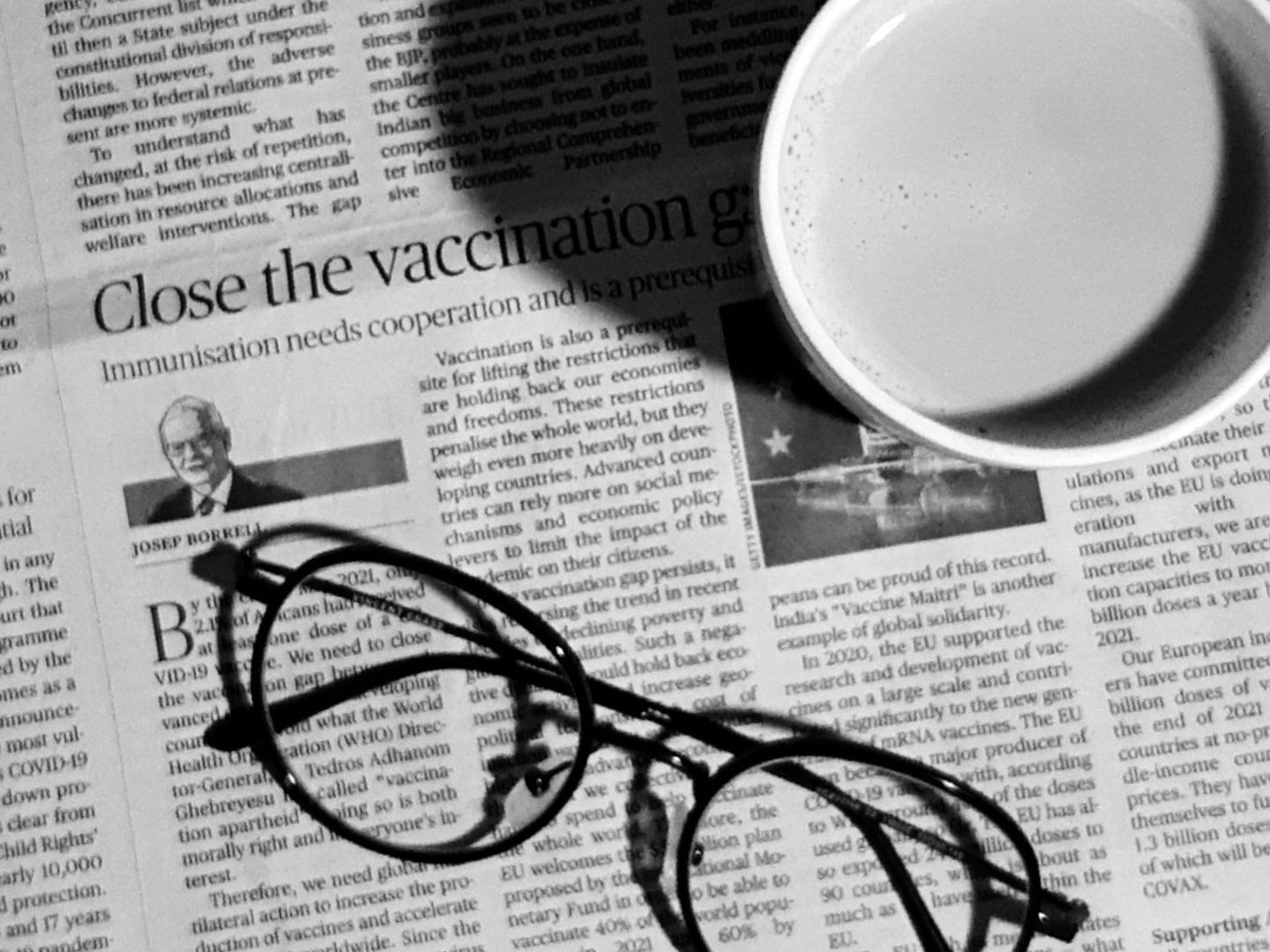The Federal Reserve revealed that commercial and industrial loans, which play a crucial role in driving the economy, experienced a significant decrease of $6.2 billion, bringing the total to $2.75 trillion for the week ending August 9. This downward trend in lending has persisted for the past four months, starting from the collapse of Silicon Valley Bank in mid-March.
Key Numbers
In the latest week, lending by large banks witnessed a decline of $6.3 billion, reaching $1.54 trillion. By comparison, it stood at $1.55 trillion in mid-March. Conversely, small banks experienced an increase in lending by $1.6 billion, totaling $716.3 billion. This represents a recovery from the $743 billion recorded in mid-March.
Concerns Ahead
Federal Reserve officials expressed worry about the potential impact of tighter credit conditions on households and businesses since the Silicon Valley Bank collapse. Although the extent of these effects remains uncertain, the Fed is concerned that banks might reduce lending and tighten standards to such an extent that it triggers a credit crunch in the broader economy.
Market Response
The S&P 500 Index (SPX) endured its third consecutive weekly loss as bond yields climbed higher due to the Federal Reserve's persisting concerns over inflation. The 10-year yield (BX:TMUBMUSD10Y) continued its upward trajectory for the fifth consecutive week, reaching 4.251% at the end of the week.
Stocks in Canada Lower, but Approaching Flat Levels
Top Money and Investing Features
Related Articles

Snap and Pinterest Stocks Climbing on Positive Advertising Outlook
Snap and Pinterest stocks are experiencing a surge in value due to positive projections for advertising trends. Jefferies analyst James Heaney has upgraded both...

Biden Administration Allocates $7 Billion for Hydrogen Hubs
The Biden administration is set to allocate $7 billion in federal funding for hydrogen hubs, aiming to achieve climate objectives and support clean energy trans...

Tesla Investors Brace for Tough Times in 2023
Tesla investors are preparing for a tough year ahead, with delivery concerns and profit margin disappointments. However, the company remains optimistic about it...

